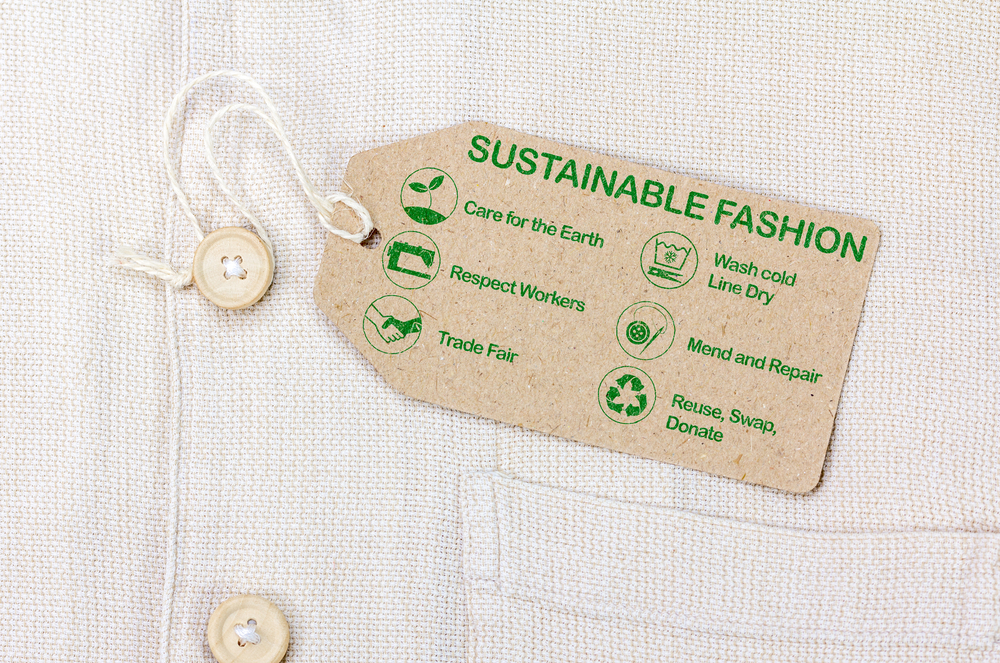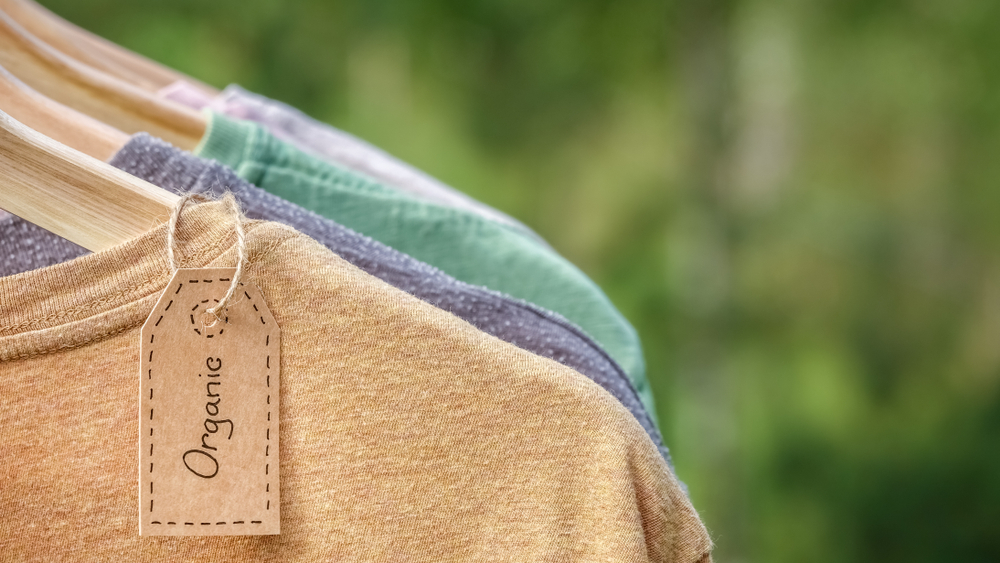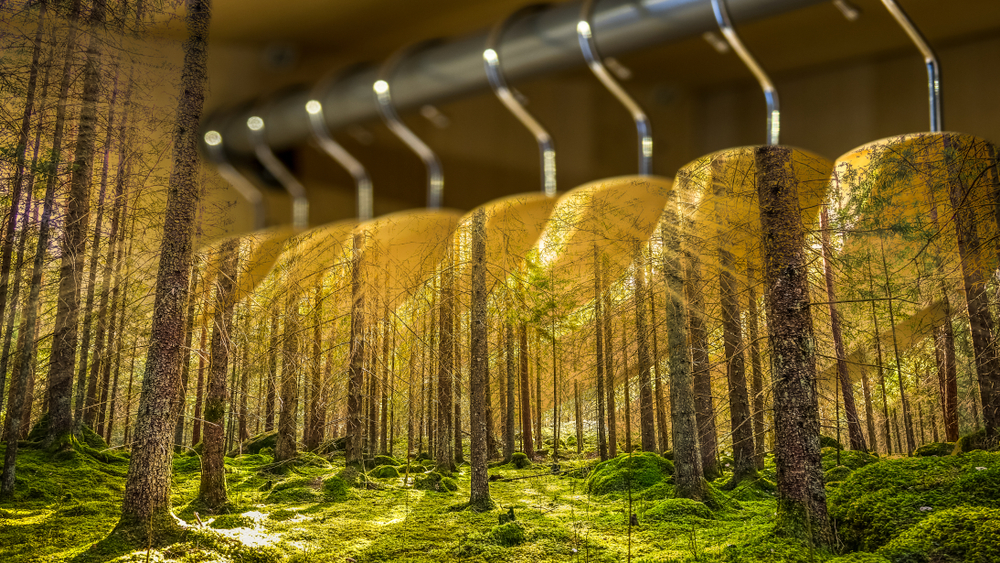Due to its reliance on resource-intensive materials and manufacturing techniques, the fashion industry has long been linked to societal problems and environmental damage. But the textile industry has changed thanks to a growing consciousness of sustainability. Innovating and environmentally friendly materials that reduce their negative effects on the environment and support ethical behavior are the focus of today’s designers, producers, and researchers. This article examines some of the amazing developments in eco-friendly textiles that are revolutionizing the fashion industry.
- Organic Cotton:
Cotton that is cultivated conventionally is infamous for consuming a lot of water and applying a lot of pesticides. As a result, organic cotton has become a viable substitute. Organic cotton decreases water use, soil erosion, and chemical pollution because it is grown without synthetic pesticides and genetically modified seeds. Additionally, it encourages the use of fair trade methods to guarantee that farmers are paid fairly and have secure working conditions.

- Recycled Polyester:
Polyester, a fabric that is frequently used in the fashion industry, is made from petroleum and decomposes slowly over time. Recycled polyester, often known as rPET, is now a reality because of improvements in textile recycling. rPET lessens dependency on virgin petroleum and reduces plastic pollution by processing used plastic bottles and other polyester trash. This eco-friendly fabric has the same qualities as conventional polyester and may be used in a variety of fashion applications.
- TENCEL and Modal:
TENCELTM and Modal are cellulose-based fibers produced from wood pulp with a low environmental impact, typically from eucalyptus or beechwood trees. Due to their excellent softness, breathability, and biodegradability, these fabrics have grown in popularity. TENCELTM and Modal are produced using a closed-loop manufacturing process that reduces waste and energy use by recycling solvents. Additionally, compared to cotton, these materials are noted for their efficient water usage.
- Piñatex:
Pineapple leaf fibers are used to create Piatex, a vegan alternative to leather. For those interested in fashion who want the durability and aesthetic of leather without endorsing the brutal treatment of animals, it provides a sustainable and animal-free alternative. Piatex gives farmers in areas where pineapples are grown additional money while also reducing the trash generated by pineapple agriculture. Piatex has uses in shoes, purses, and accessories due to its distinctive texture and adaptability.
- Hemp:
An old fiber called hemp, which is made from the Cannabis sativa plant, is making a resurgence in the sustainable design sector. It is highly environmentally friendly and environmentally sustainable because it grows quickly, uses little water, and doesn’t need pesticides. Hemp fabric is strong, permeable, and naturally antibacterial. Its variety of uses can be further increased by blending it with other fibers like organic cotton to make softer garments.
- Bamboo Fiber:
Bamboo is a swiftly growing, highly renewable material that uses little water and pesticides. Fabric is created from bamboo fibers using a mechanical or chemical technique. The resulting cloth has natural antibacterial qualities and is soft and breathable. Bamboo fabric is suitable for athletics and underwear since it is biodegradable and has good moisture-wicking properties.

- 3D-Printed Fabrics:
New opportunities in a sustainable fashion are now possible thanks to developments in 3D printing technology. Designers may construct complex patterns and structures with 3D-printed materials without the waste produced by conventional fabric cutting. 3D printing lowers energy use, chemical use, and fabric waste by accurately laying ingredients layer by layer.
As consumers become more aware of how their decisions affect the environment, the fashion industry is responding with creative fixes. By lowering water use, minimizing waste, and encouraging moral behavior, sustainable fabrics are creating good change. These environmentally friendly materials, such as hemp, TENCELTM, Modal, and recycled polyester, as well as organic cotton and recycled polyester, are revolutionizing the fashion industry. Designers and shoppers alike can help create a more ethical and sustainable fashion business for future generations by embracing these advances.

